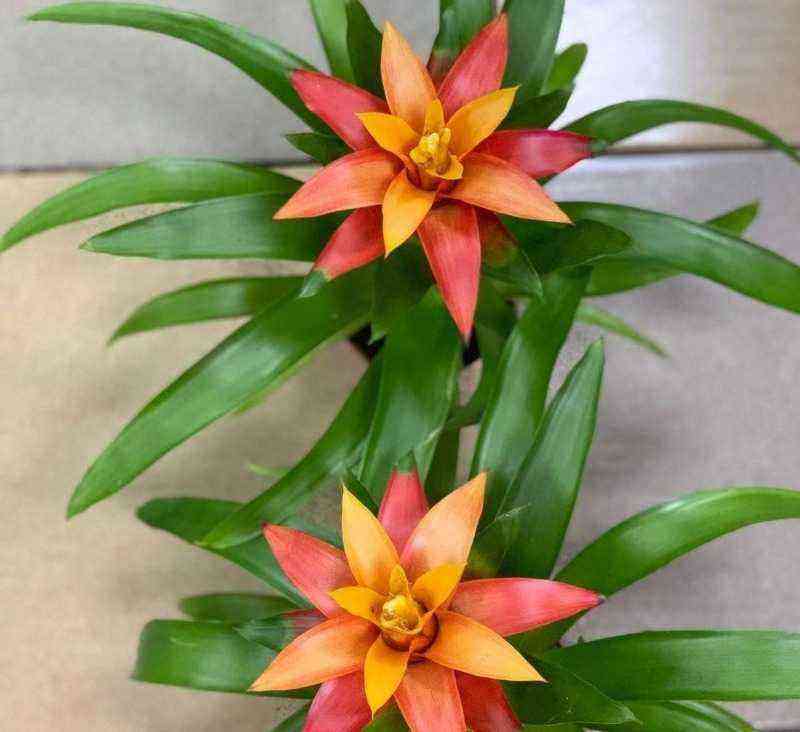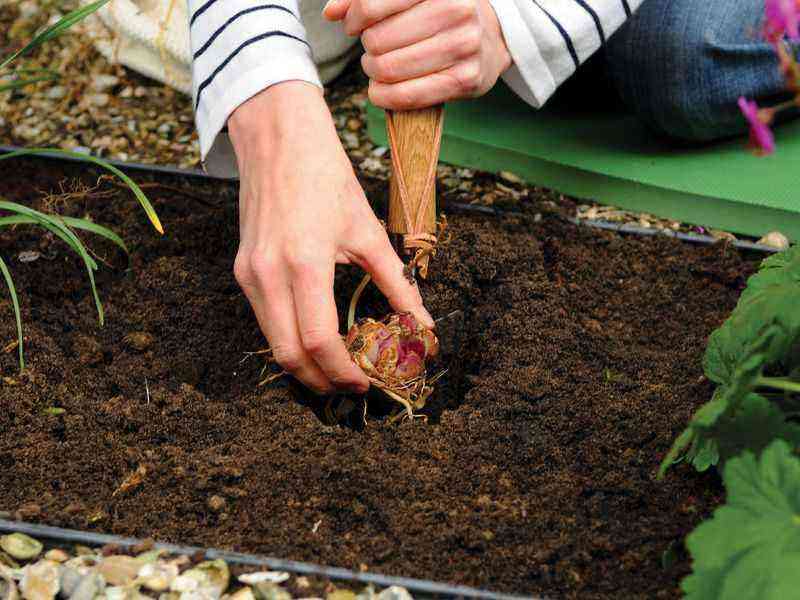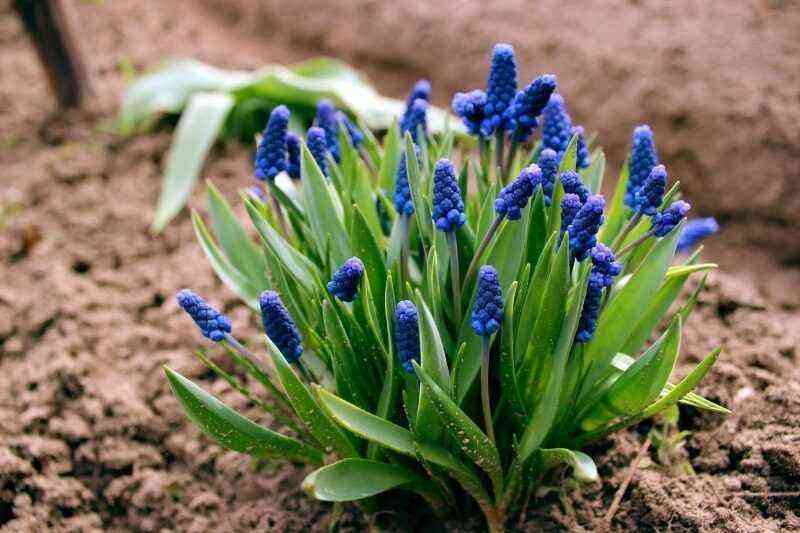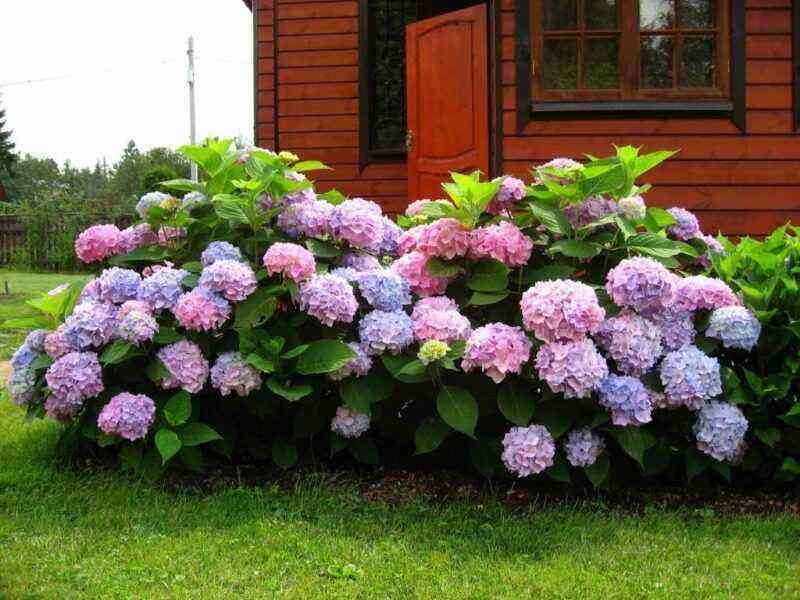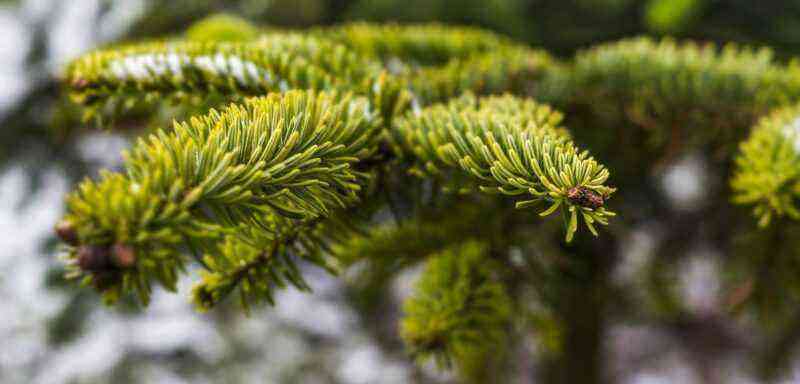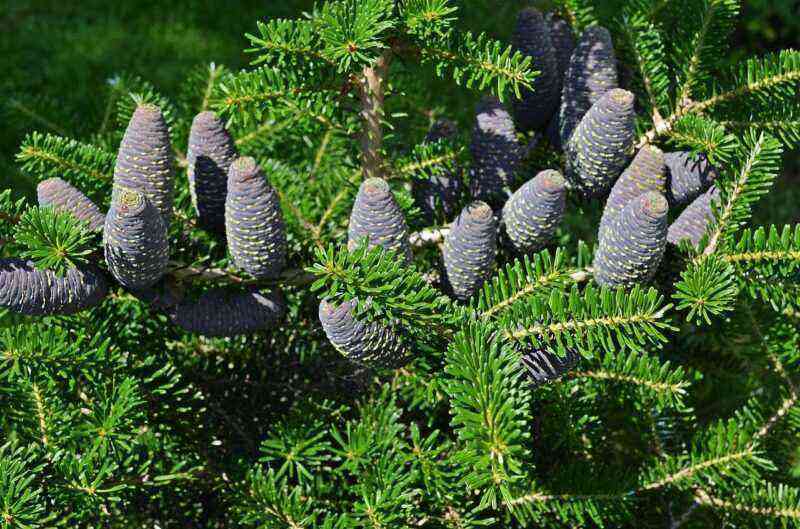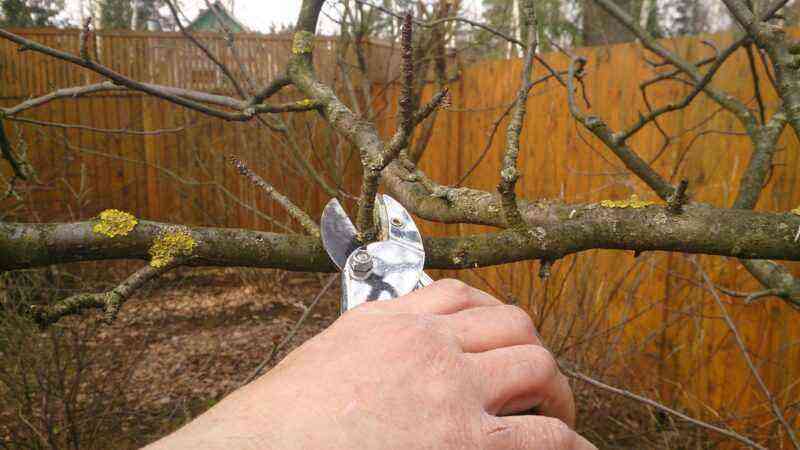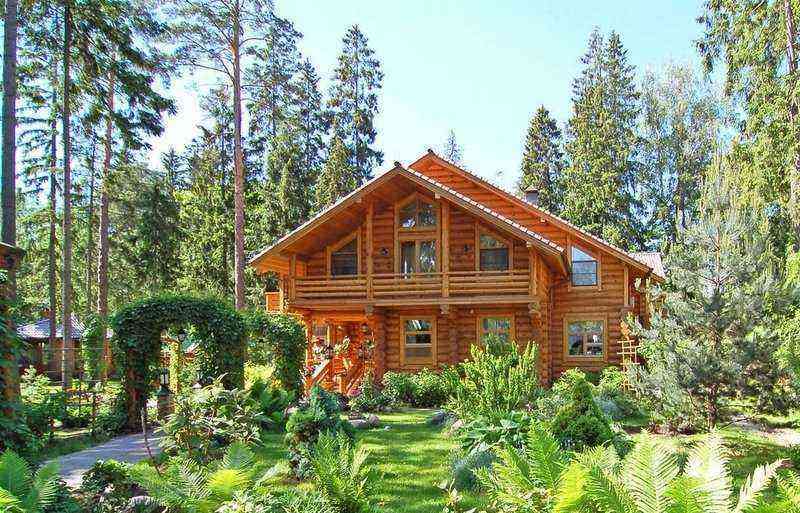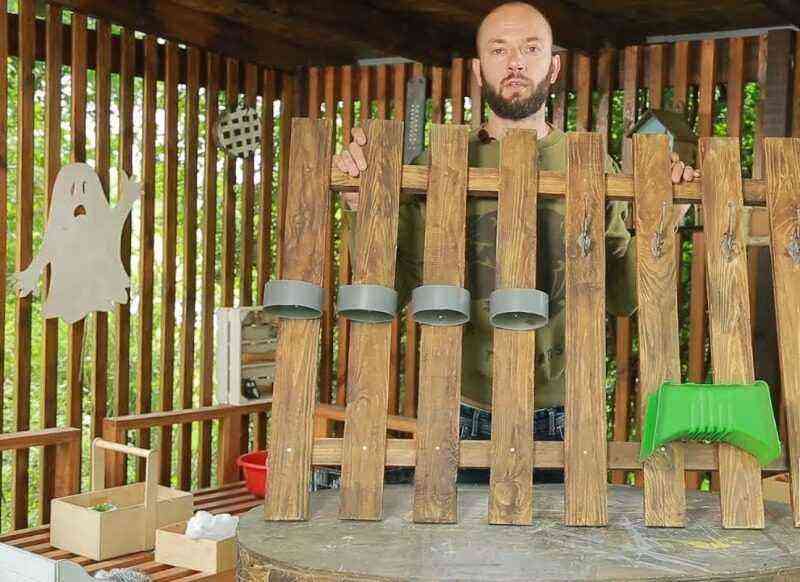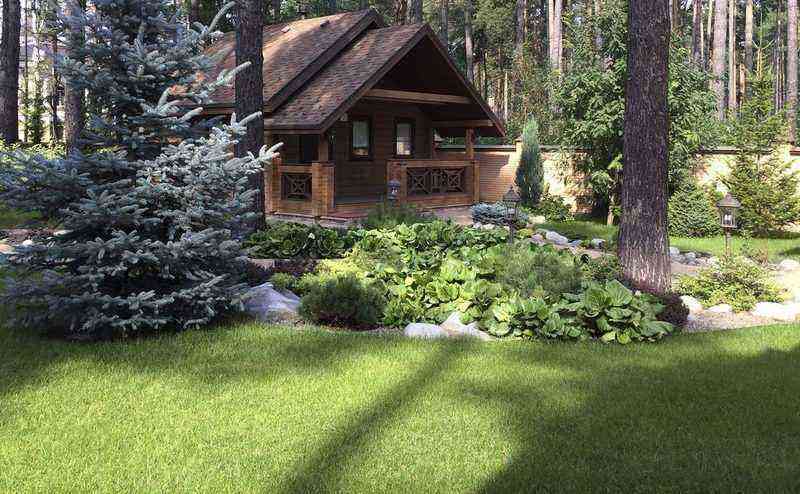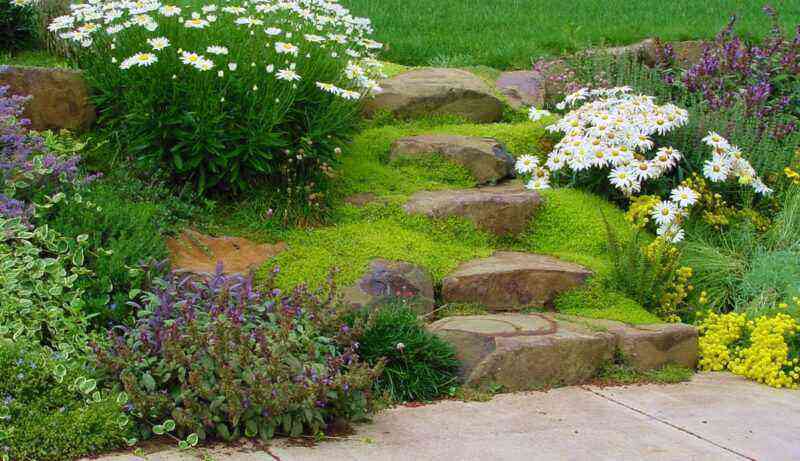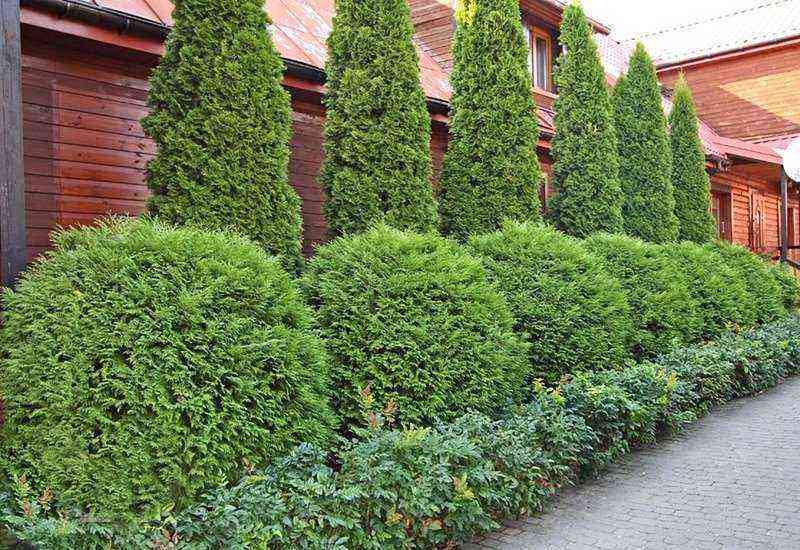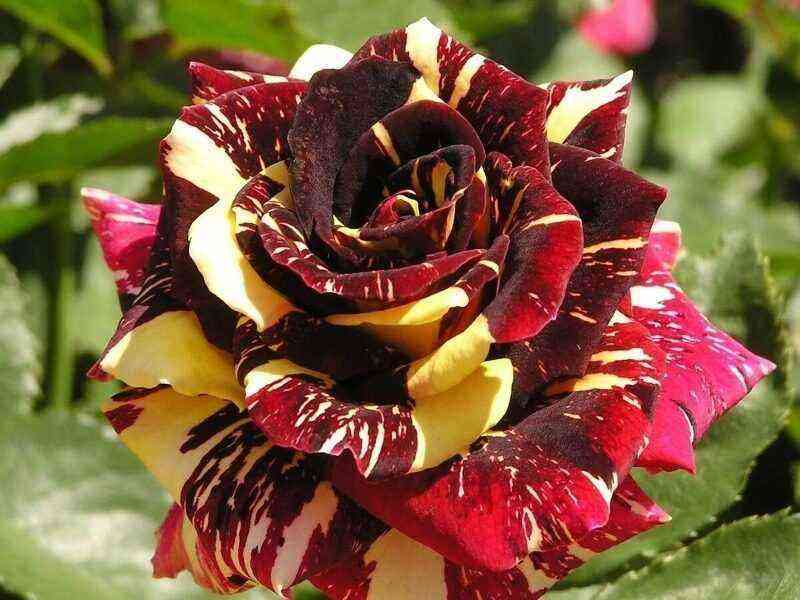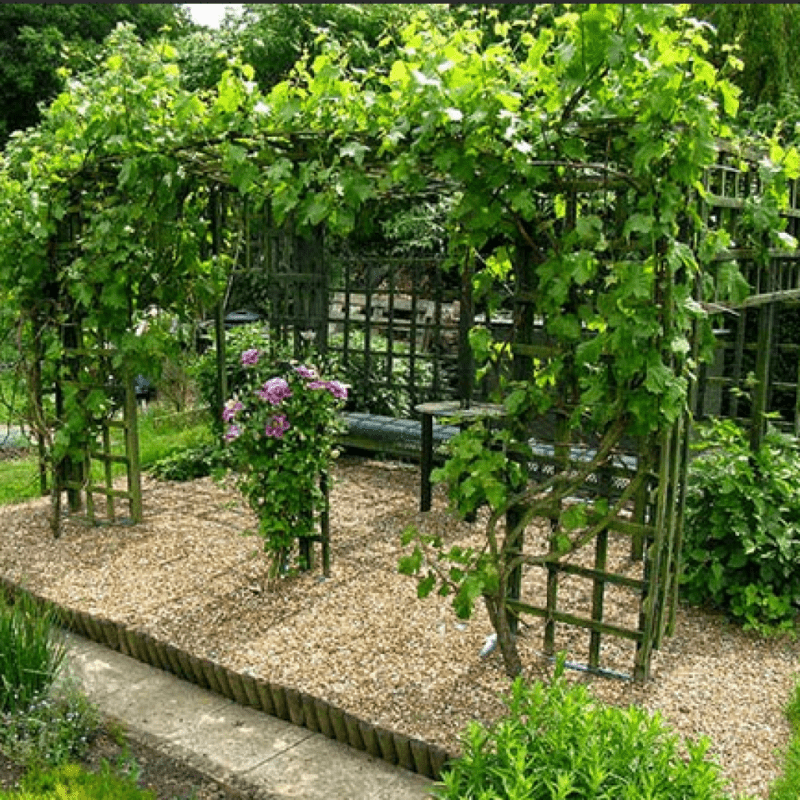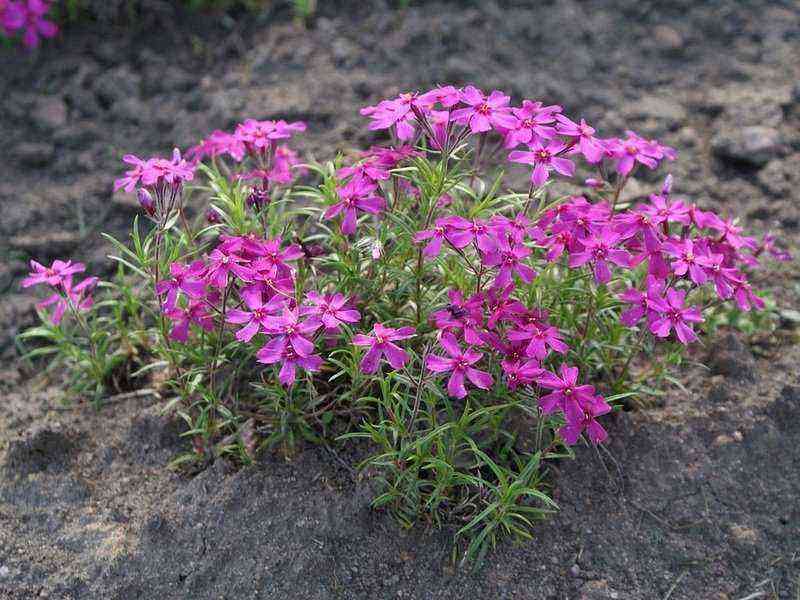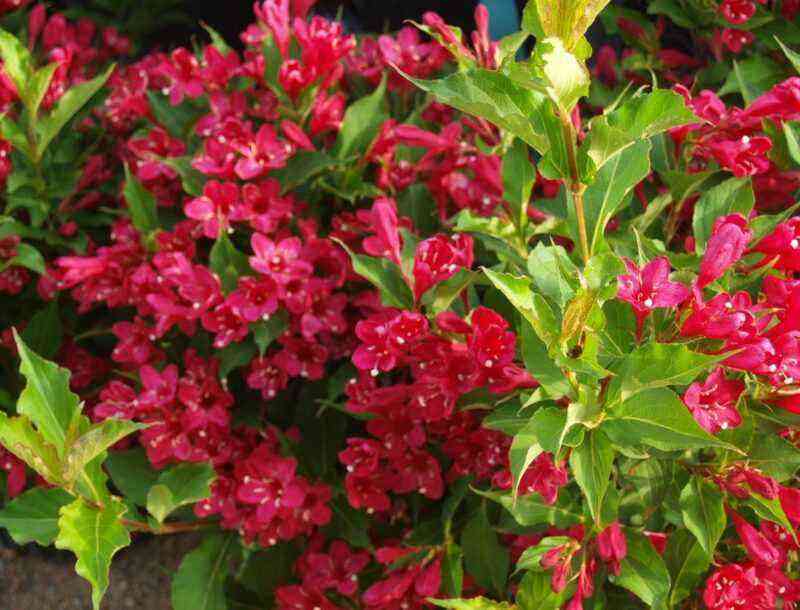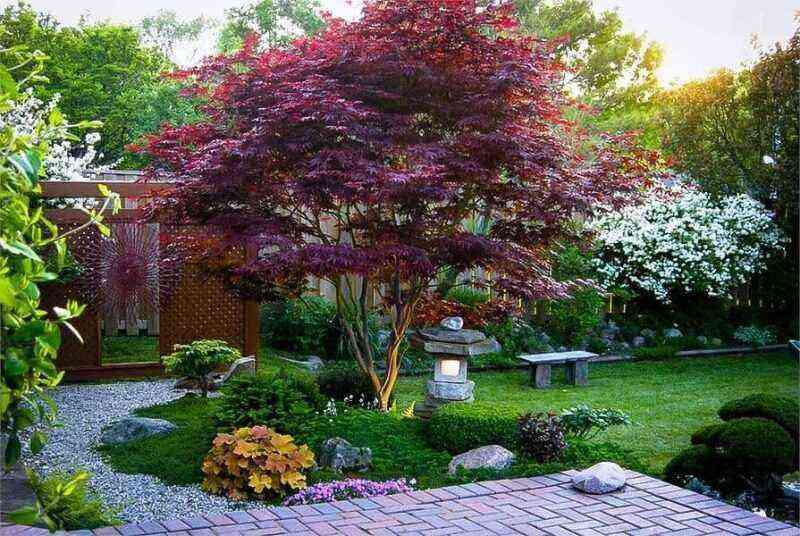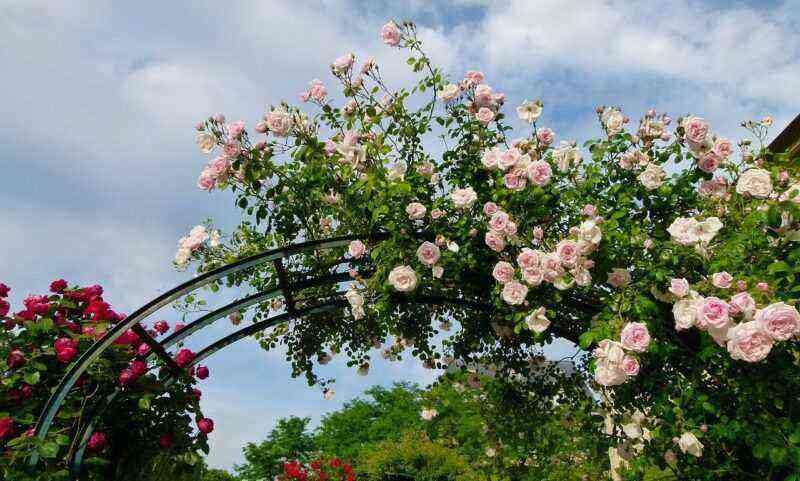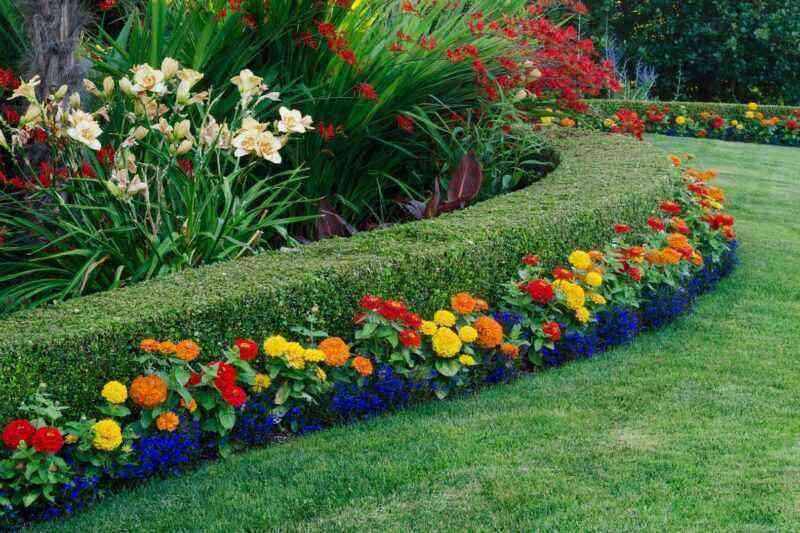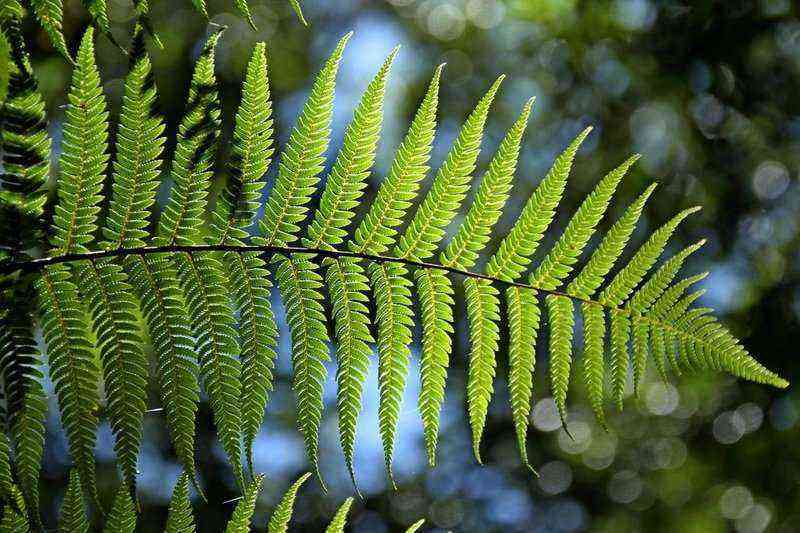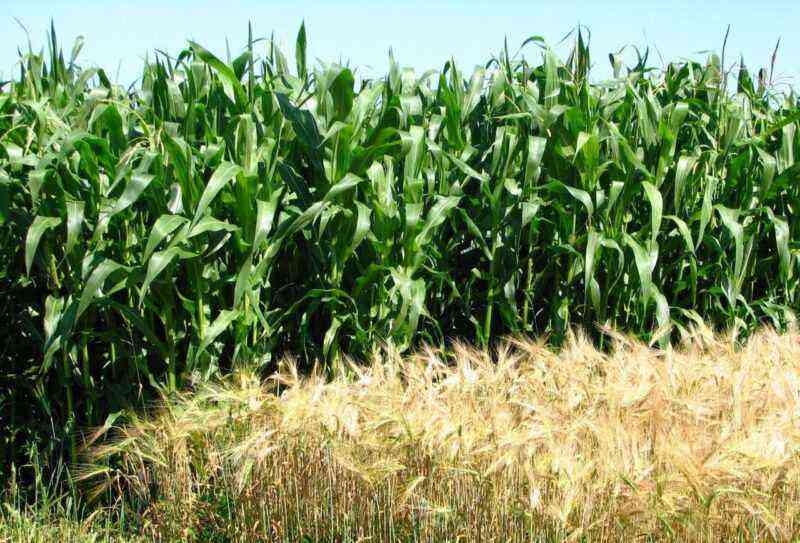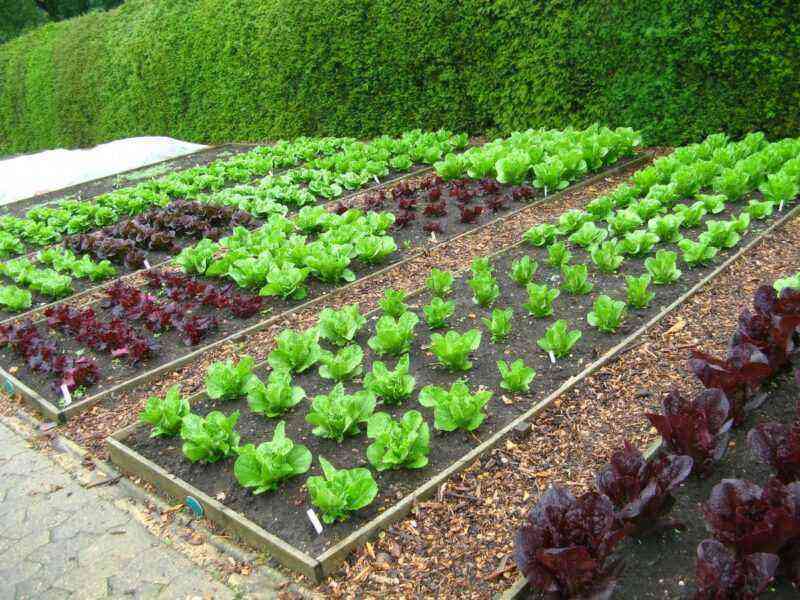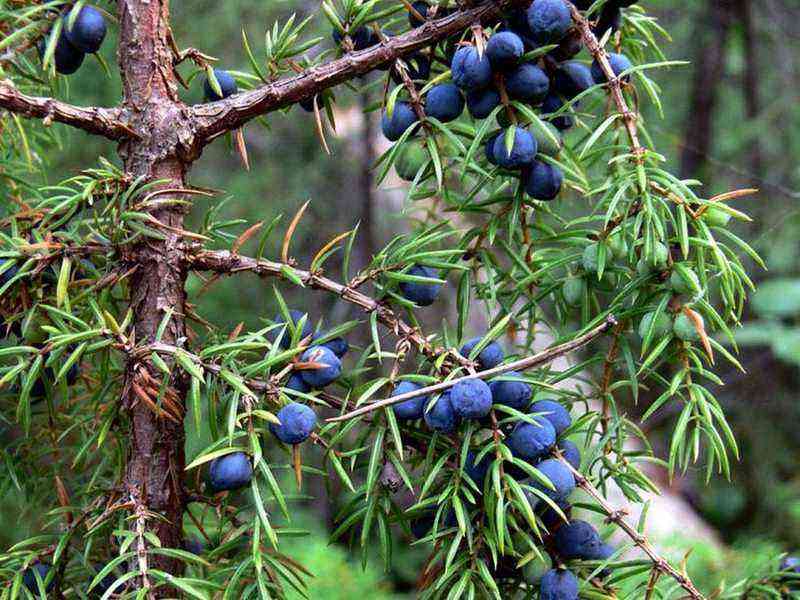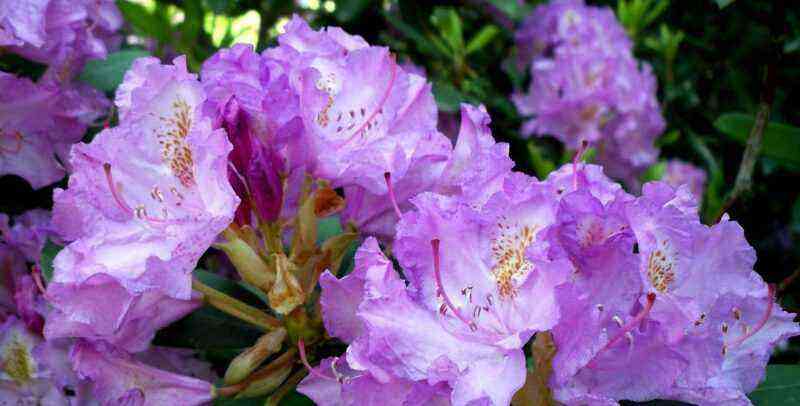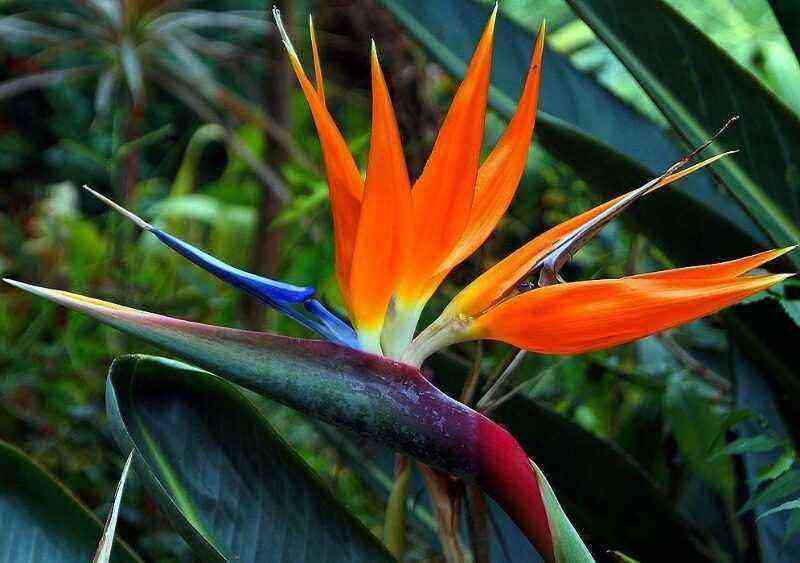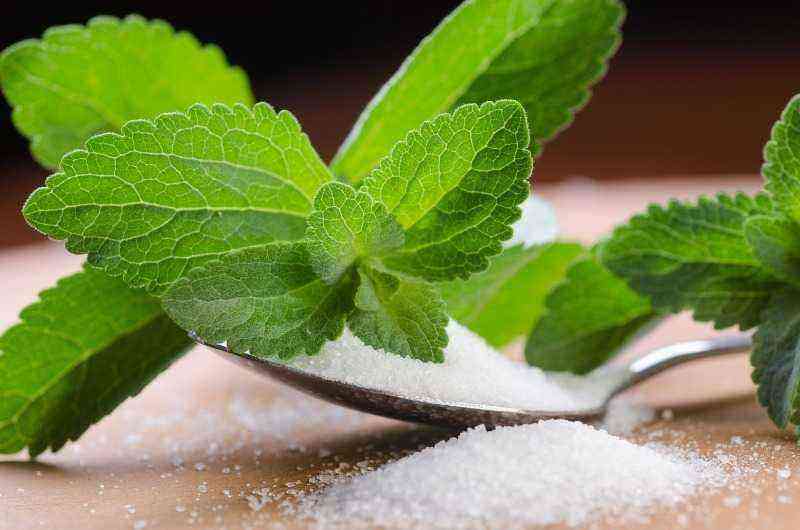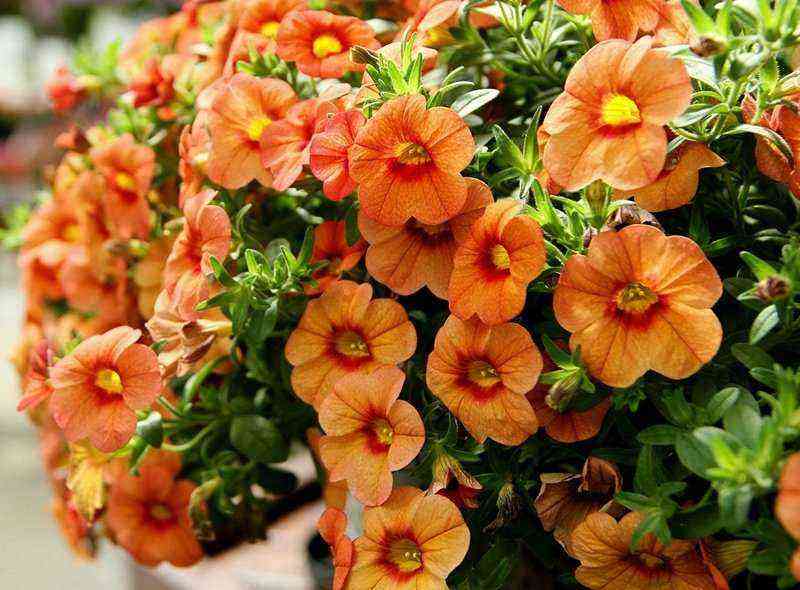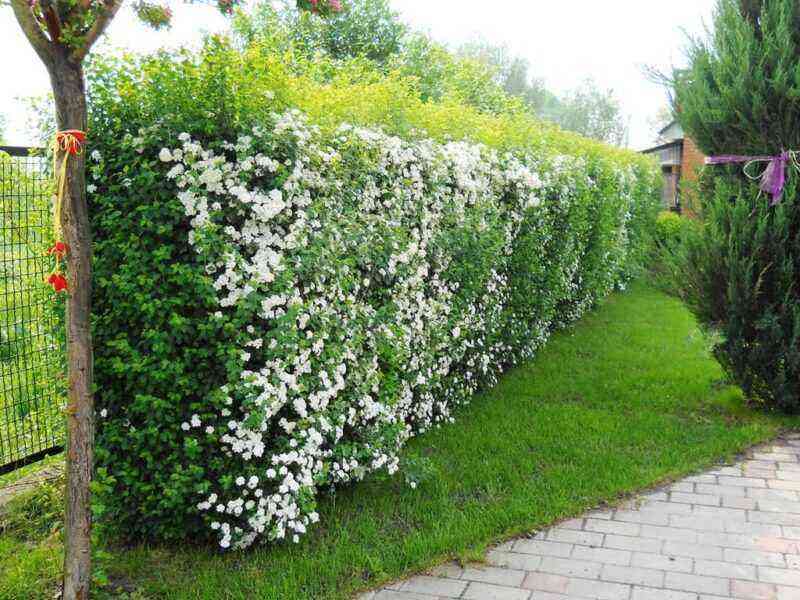According to popular belief, it is not recommended to plant a birch near the house, therefore, a white-trunk tree can rarely be seen as an element of landscape design in the local area. The not-so-good reputation of the tree is associated not only with superstition and prejudice, but also with quite objective reasons.
Growing fast
Birch is a large tree that quickly grows not only in height up to 30-40 m, but also reaches 1,5 m in girth. Its root system and crown grow rather quickly. And if the roots can damage the foundation of a nearby house, gradually destroying it, or damage underground utilities (gas pipeline, water supply, etc.), then problems from thick long branches can be more significant.
Branches can touch power lines and cause a fire from a short circuit. They will have to be pruned constantly, but then the appearance of the tree will no longer be so attractive. In addition, the lifespan of a birch tree is no more than half a century, so sooner or later it can fall with a strong gust of wind or under a mass of snow that has fallen and damage nearby buildings and roofs of houses.
Aggressor for many plants
When planting a birch on a site, you need to be prepared for the fact that not a single plant will ever grow under it. The thing is that the tree has a superficial and very powerful root system, which spreads up to 10 m along the perimeter of the crown and sucks out all the nutrients and moisture from the soil. In addition, the lush branches provide shade, so any plants won’t be exposed to UV rays.
Garbage source
Despite the fact that birch leaves and buds are often used in folk medicine, this tree is not a very welcome guest on a personal plot due to the fact that a lot of debris always forms around it. In autumn, during the fall, there are many small withered leaves around the tree, which are very difficult to remove.
Also, earrings are formed on the birch, in which seeds ripen by August, carried by the wind throughout all the surroundings. Some types of birches are weeping, they do not just shed their foliage, but also small branches with it. All this can be not only the cause of site pollution, but also conflicts with neighbors.

Requires a lot of moisture
The white-trunked beauty is an unwanted guest on dry soils. Its branched roots consume up to 60 liters of water per day, so the tree sucks out all moisture along with nutrients within a radius of several meters. In a dry area, the tree will have to provide additional watering in order to be wind-resistant and not die, which can be problematic.
May cause seasonal allergies
Birch earrings, or as they are also called among the people – brunki, are hated by all allergy sufferers. In the cold season, they are covered with a resinous substance that protects the contents from the ingress of liquid, and in this state they hibernate. As soon as the ambient temperature rises to +5 degrees, the catkins lengthen, become loose, and the anthers release yellow pollen. It is carried by the wind over long distances and can become a significant cause of a serious seasonal ailment – hay fever, accompanied by sneezing, coughing, watery eyes and a runny nose, especially if the tree grows nearby.
Therefore, people suffering from allergic rhinoconjunctivitis should categorically not plant a white-stemmed beauty near their home.

